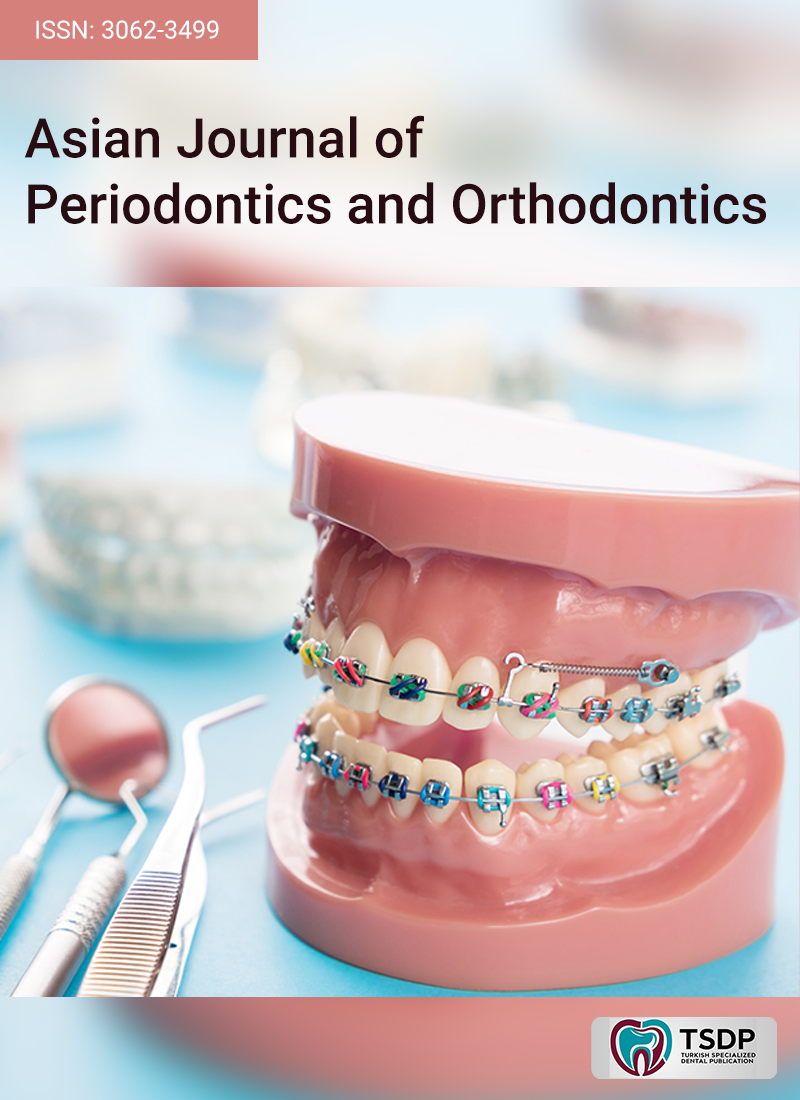
This study used finite element modeling to explore stress on the dental pulp and neuro-vascular bundle (NVB) in second lower premolars. The analysis aimed to determine ischemic and resorptive risks from 2 N and 4 N orthodontic forces applied during rotation, translation, tipping, intrusion, and extrusion in healthy periodontium. Nine 3D models from nine patients were created, resulting in a total of 90 simulations. Both force levels produced similar stress patterns across the five movements, with 4 N approximately doubling stress magnitudes compared to 2 N. The NVB consistently showed the highest stress, but all values remained below the physiological maximum hydrostatic pressure (16–22 KPa). Rotation generated the greatest stress, followed by intrusion and extrusion, while translation produced the lowest. Forces of 2 N and 4 N appear safe for healthy teeth in intact periodontium. Nonetheless, rotation and translation may cause localized stress in the coronal pulp, potentially affecting previously treated teeth (direct or indirect pulp capping). Intrusion and extrusion create higher NVB deformation, which could influence teeth with prior trauma, such as occlusal injuries.